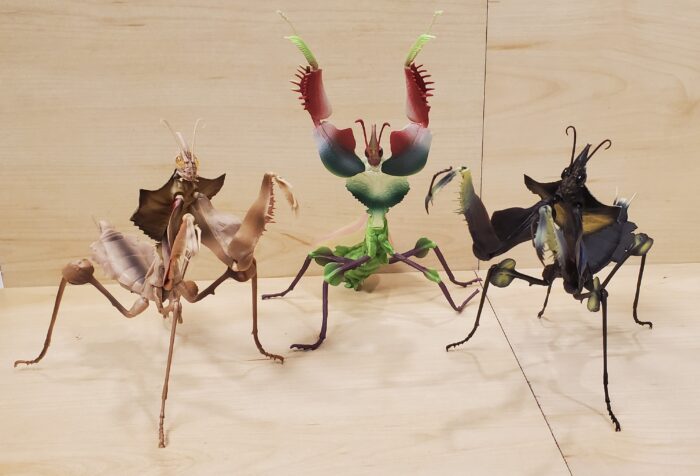I have decided to start my ‘spooky’ October blogposts with a trio of ‘diabolical’ insects! I am talking specifically about Idolomantis diabolica, commonly known as the Devil’s flower mantis or giant Devil’s flower mantis, one of the world’s largest mantids. It is native to the rainforests of East Central Africa, including Ethiopia, Kenya, Malawi, Somalia, Tanzania, South Sudan, and Uganda.
Type: Life Cycles
Life Cycle of a Monarch Butterfly (Safariology by Safari Ltd.)

The monarch, Danaus plexippus, is probably the most commonly made species of butterfly. It’s been made by several major company, including CollectA, Safari Ltd (at least five times), Papo, and K&M International (at least twice), and is a common edition to insect and butterfly tubes, blister packs, and box sets ( couple examples on the Blog, here and here).
Brain-eating Ameba (Giant Microbes)
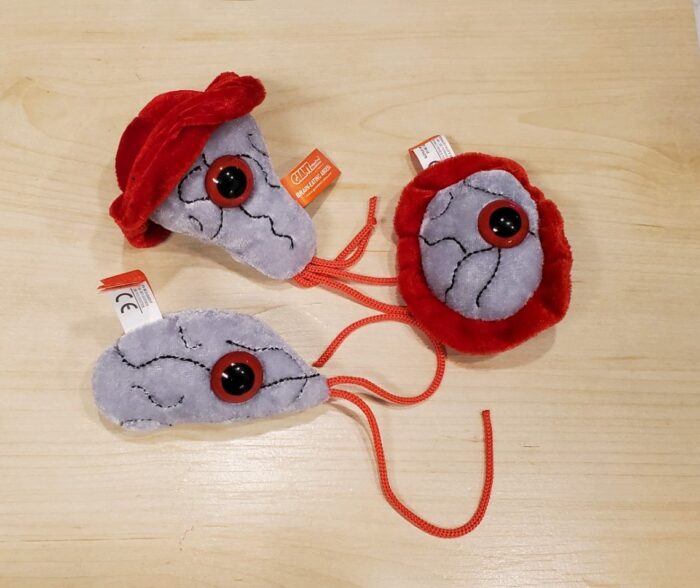
Halloween often conjures up images of brain-eating zombies. Well, I am covering the closest thing in nature to that concept, the brain-eating ameba (Naegleria fowleri) by Giant Microbes! I should start off by saying these toys belong to a friend of mine at work (who is also our medical director for parasitology), as I don’t collect plush toys myself.
Japanese Rhinoceros Beetle, life cycle (Bandai Spirits & F-toys)
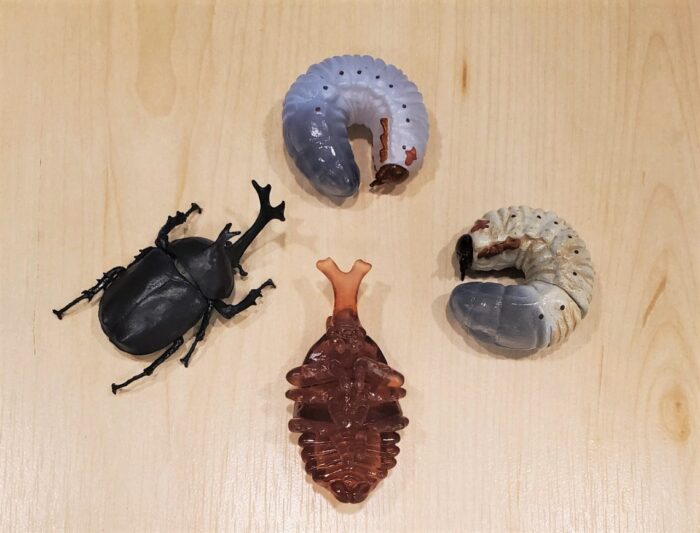
In just under two years ago, on August 21, 2019, I posted the first review here on the Animal Toy Blog. Now, I have the pleasure of posting review #500! Wow, 500 reviews just under two years! Many thanks to all the reviewers who have made this possible!
Allomyrina dichotoma is known as the Japanese rhinoceros beetle in English and kabutomushi in Japanese.
Life Cycle of an Earthworm (Safariology by Safari Ltd.)
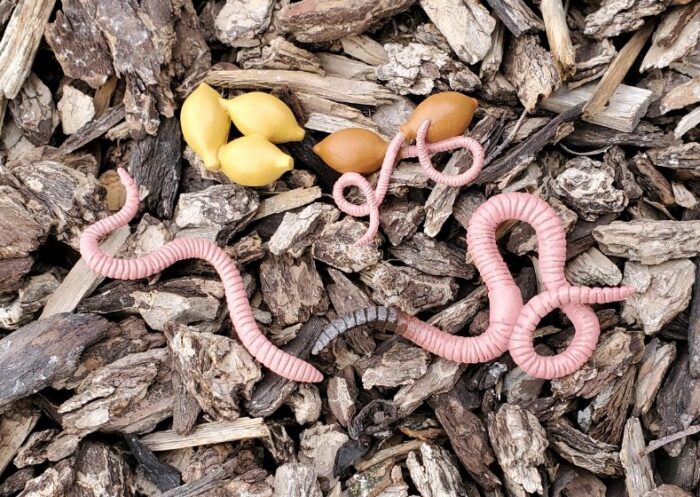
Earthworms! Everyone is familiar with them in some capacity, whether they represent those vermiform creatures that come out onto the sidewalk after a rain storm, to your favorite bait used for fishing, to your garden partners in the compost heap, to the snack you see the robin plucking from the ground!
Life Cycle of a Honey Bee (Tarlin)

Today we are looking at an interesting collection from a company called Tarlin (I must admit, I had never heard of them before learning about this set). The set, which came out recently this year, is simply called ‘Bees’ and features developmental stages and brood chambers of the western honey bee, Apis mellifera.
Large Brown Cicada, ecdysis process (Bandai, Bandai Spirits, Break Co. Ltd., & Kaiyodo)

Today we are looking at the ecdysis process of the large brown cicada (Graptopsaltria nigrofuscata), a species of cicada distributed throughout much of Southeast Asia, including China, the Korean Peninsula, and Japan. The ecdysis process is whereby a growing animal sheds its skin as it gets larger (e.g., a molting snake) or an insect advancing to the next stage of development, as we will see in this review.
Life Cycle of a Praying Mantis (Insect Lore)
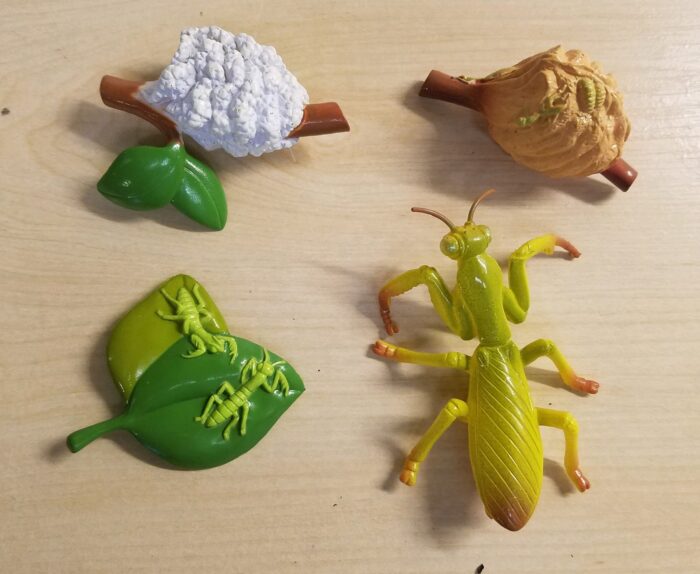
Insect Lore is a company that primarily makes products for the observation and study of living insects (nets, rearing containers, magnifying glasses, ant farms, etc.). In the 2000s, they made life cycle sets of select insects. These were really nice sets that featured original sculpts, including a couple rarely-made species (mealworm beetle, American painted lady).
Life Cycle of a Mosquito (Safariology by Safari Ltd.)
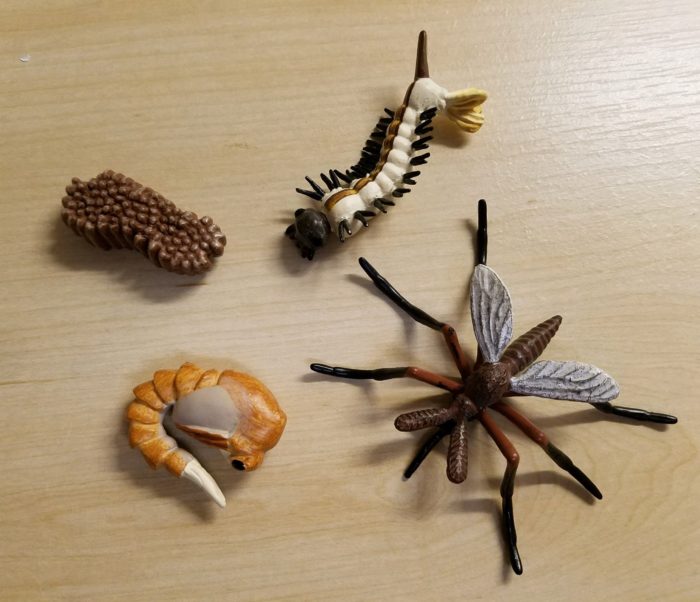
Mosquitoes! They have been referred to as the most medically and economically destructive group of insects, due to their role in the transmission of disease-causing agents. They are responsible for the transmission of the agents of malaria, lymphatic filariasis, dirofilariasis, yellow fever, Chikingunya, dengue, West Nile, and many many others. Yet, they also play a very important role in freshwater ecosystems, as they are an important food source for freshwater invertebrates, fish, and birds.

